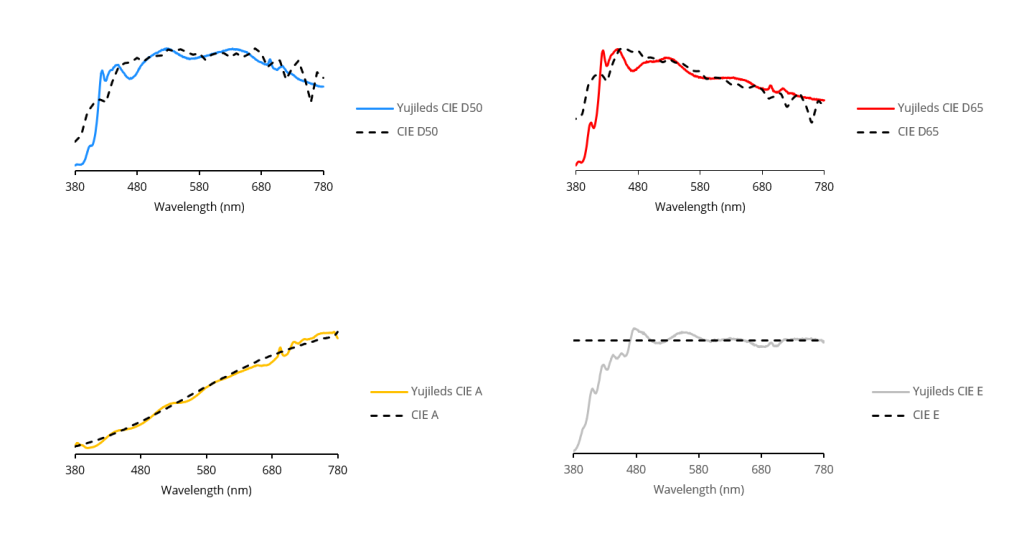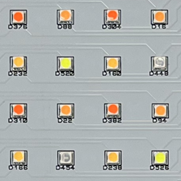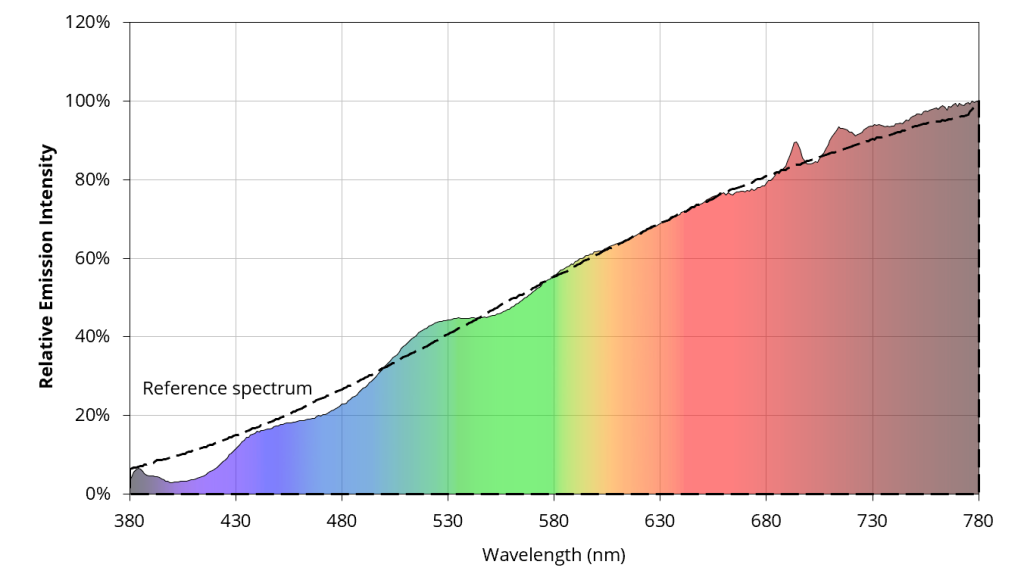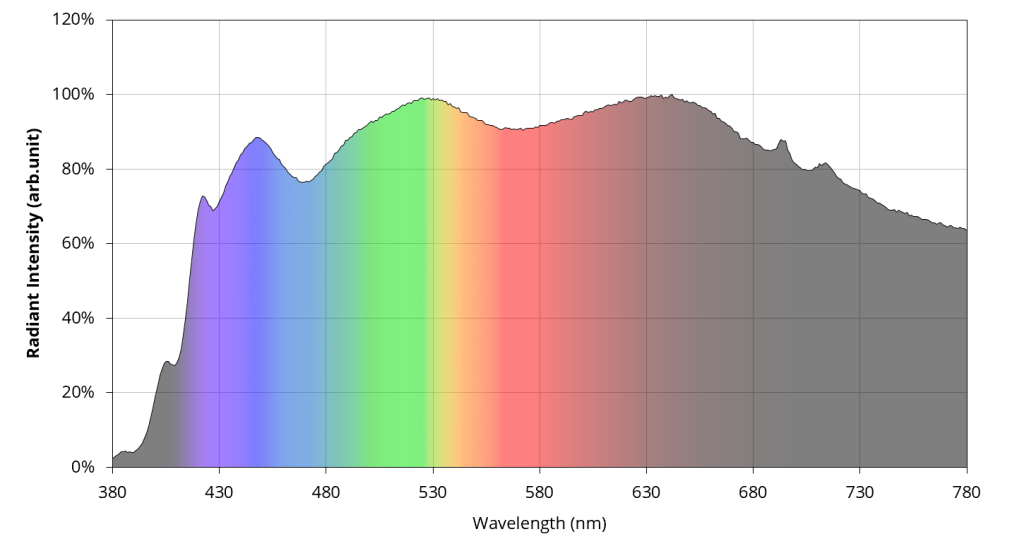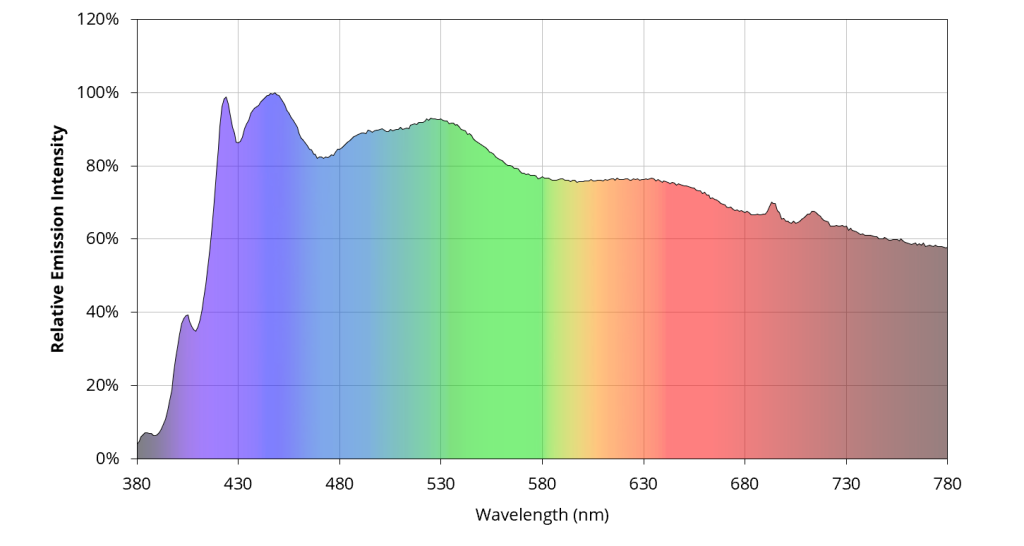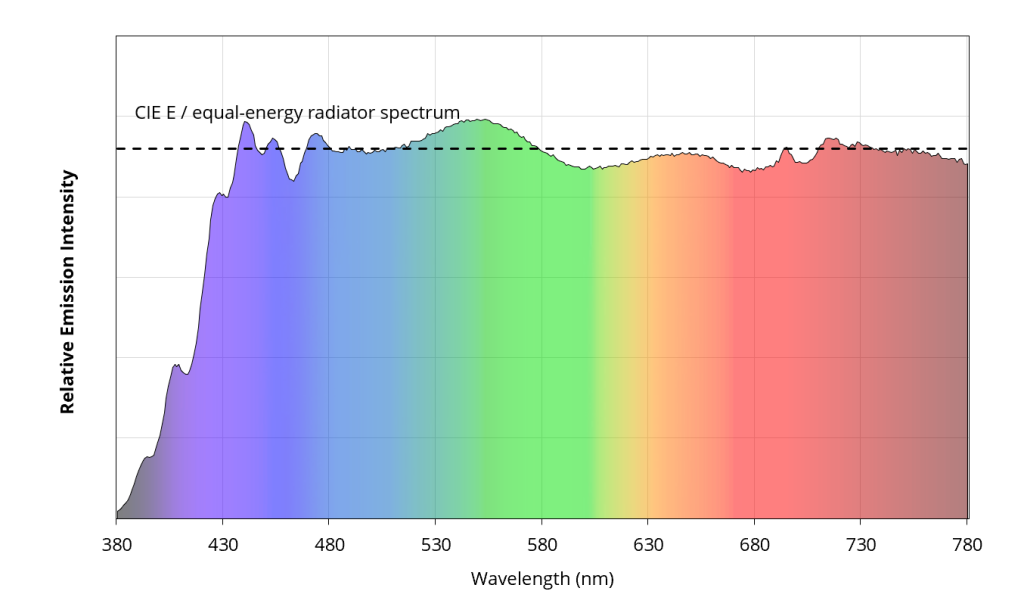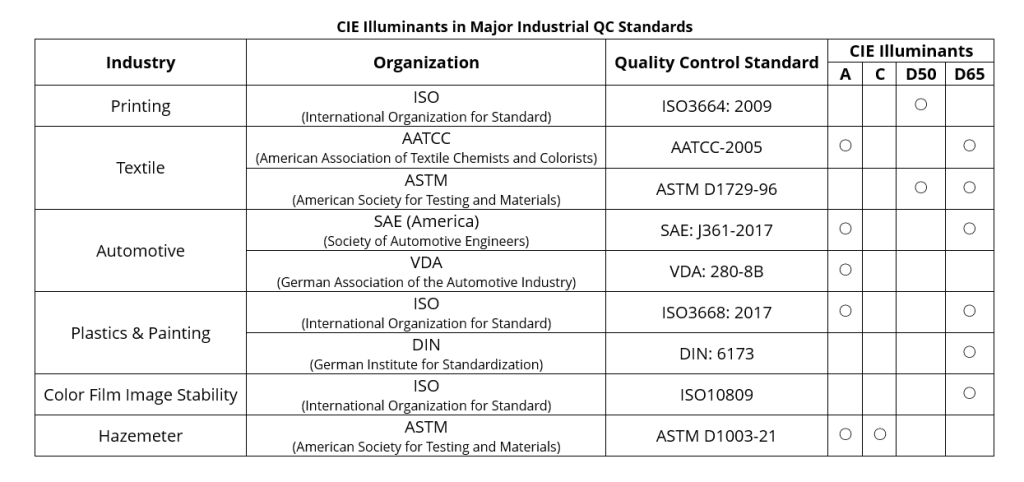In the printing industry, CIE illuminants are essential for color matching and quality control. D50 is commonly used as the reference illuminant for color proofing and printing on commercial offset presses.
Photographers and graphic designers also rely on CIE illuminants to calibrate and profile their displays and cameras for accurate color representation. By using the appropriate illuminant in calibration, they can ensure that the colors they capture or display on their devices match real-world colors.
In product design and material science, CIE illuminants are used to evaluate the color properties of materials under different lighting conditions. This helps to ensure that materials and products appear consistent and reliable under various illuminants, such as in different lighting environments or when viewed from different angles.
Additionally, CIE illuminants are also used in colorimetry, a field that quantitatively measures color. Colorimeters and spectrophotometers, which measure color values, rely on CIE illuminants to define the reference standard against which color measurements are made.
CIE illuminants are particularly important in color management systems, which aim to maintain consistent color appearance across different devices and media. By using the same illuminant as a reference for color reproduction and measurement, color consistency can be achieved across different devices, such as monitors, printers, and scanners.
Moreover, CIE illuminants are used in color-matching algorithms to calculate color differences between samples. The CIE XYZ color space, which is based on the CIE illuminants, is commonly used for color difference calculations, allowing for accurate color comparison and analysis.

